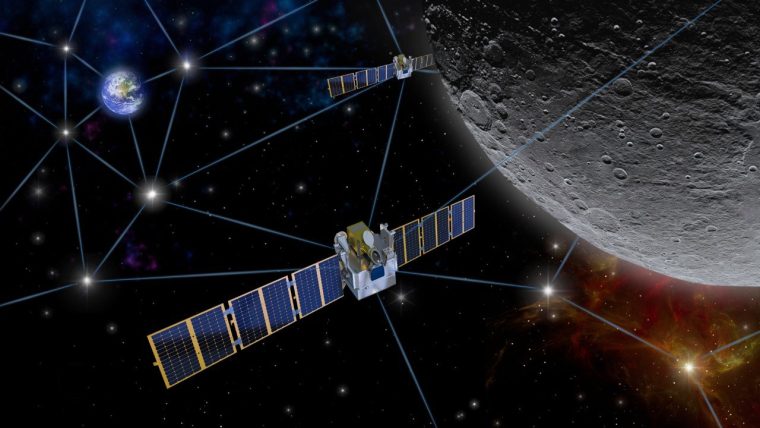
The moon is currently the destination that most space agencies are focusing on as a hub to establish operations and the required infrastructure that can eventually support a mission to Mars.
This increased interest in setting up an outpost at earth’s natural satellite, a company called Quantum Space is seeking to develop a critical part of the infrastructure required to transport payload, gather data, and create situational space and domain awareness.
Quantum Space was founded by Kam Ghaffarian, the mastermind behind Axiom Space, and it is led by Steve Jurczyk, a 30-year NASA veteran who served as the agency’s Acting Administrator until 2020. On Tuesday, Quantum announced that it raised $15 million from one of its top backers – Prime Movers Lab.
According to details provided by TechCrunch, Quantum plans to use the funds to complete the firm’s first mission called QS-1. This mission consists of deploying the first working vehicle to eventually set up a superhighway to the moon.
The vehicle will be located somewhere in the cislunar space and will allow the company to initiate commercial operations by providing support to missions such as Artemis that seek to establish a permanent presence on the moon. The first Scout is expected to be launched at some point in 2024.
By 2032, Quantum’s mission is to create a network of Scouts that will be advantageously positioned in the cislunar space to facilitate the transportation of payload, data transfers, and research modules. In addition, the scouts will continually inform Quantum’s customers about weather conditions in space and other similar situational awareness metrics.
Quantum Space’s Operations Qualify for NASA’s CLPS Program
Companies such as Quantum Space could serve both countries’ programs while there could also be interested private parties whose goal may be to eventually set up shop on the moon if there are attractive resources to be exploited beneath the surface.
These businesses will compete to be included and gain contracts from the United States’ top space agency under the Commercial Lunar Payload Services (CLPS) program – an initiative that relies on private-sector activities to deliver goods that help support the institution’s activities related to Artemis.
Also read: Elon Musk’s Starlink Satellite Internet Network Now Has 1 Million User Terminals
Some of the companies that have already been integrated into the CLPS are Astrobotics, Intuitive Machines, Firefly Aerospace, and Draper. The budget for this program was set at $2.8 billion and will be due in November 2028.
What is the Cislunar Space and How Important It Is for NASA’s Lunar Activities?
The cislunar space is the area between the earth’s outside orbit and the moon’s orbit. If space agencies are planning to regularly transport goods, astronauts, and materials to the moon’s surface, the appropriate infrastructure needs to be put in place to make the journey easier for the space vessels.
A new kind of space race is on but now the focus is on establishing a base on the moon that allows countries to exploit the satellite’s resources and conduct research that may eventually lead to the development of further productive activities.
This is the goal of NASA’s Artemis program and the first step to achieve this mission was completed with the launch of the Orion spacecraft. This first test was considered a success for the program after the vessel’s satisfactory return to earth.
With Orion’s return, Artemis plans are officially on track as the agency has tested the capabilities of both the carrier – the SLS megarocket – and the endurance of Orion.
Also read: NASA Artemis Signals the US v China Race to Build a Moon Base is Go
NASA’s plans are, however, quite ambitious as it expects to put boots on the moon’s surface by 2025. Experts believe that this timetable is far too unrealistic as the complexity of the mission and its many moving parts, including the much-needed approval of funds by the United States Congress, make the task of estimating an actual date for achieving this milestone a daunting endeavor.
China is also moving fast to deploy its own version of Artemis. The Asian country has already achieved some interesting milestones thus far including the collection of rocks from the far side of the moon – an area of the satellite that can’t be seen from earth.
Other Related Articles: